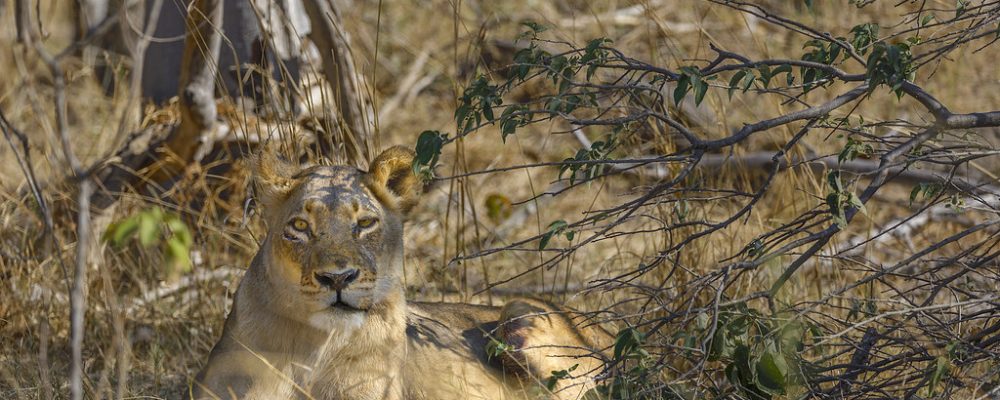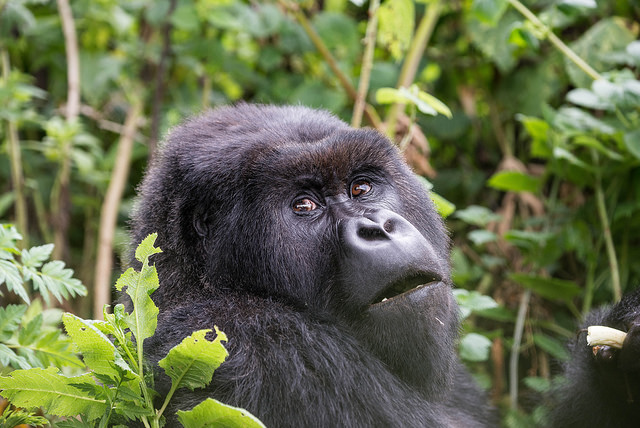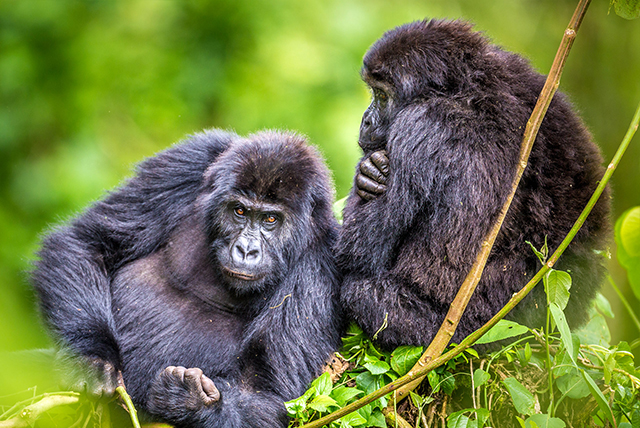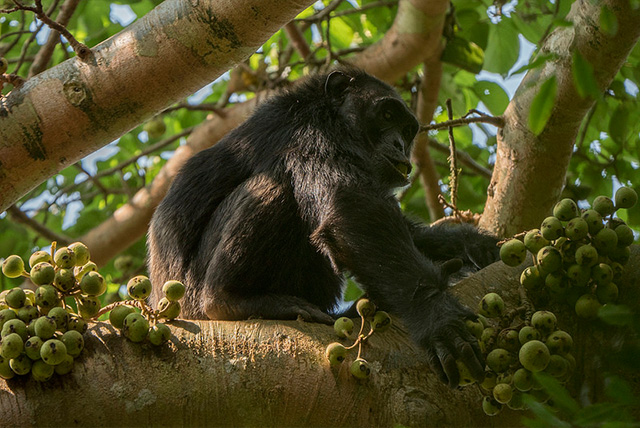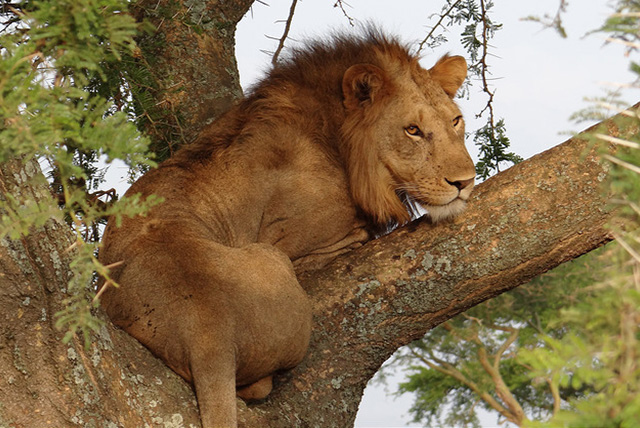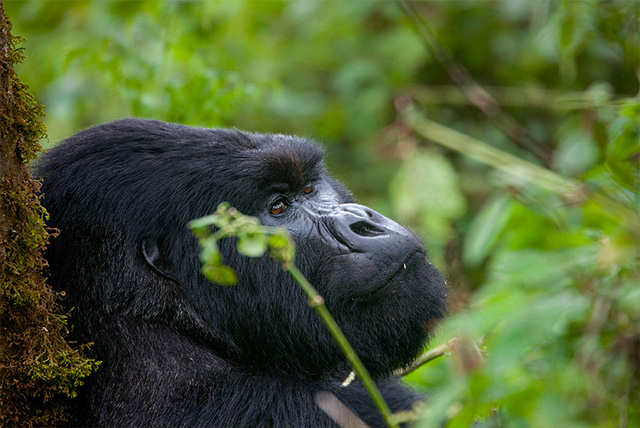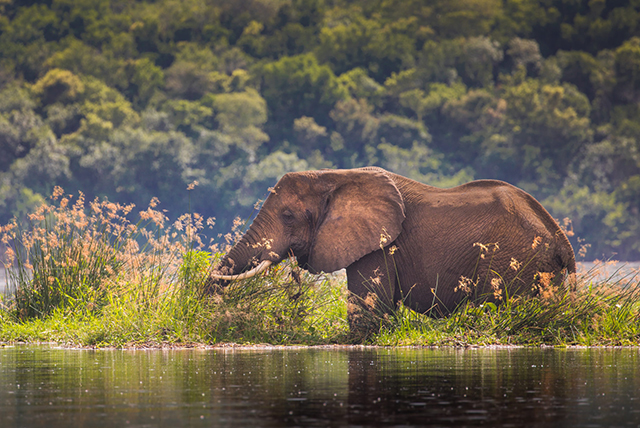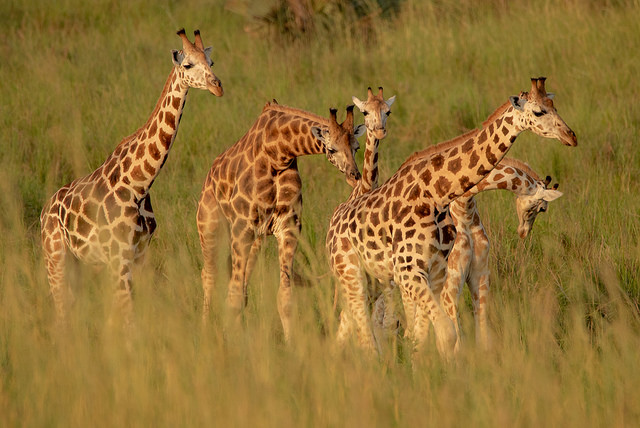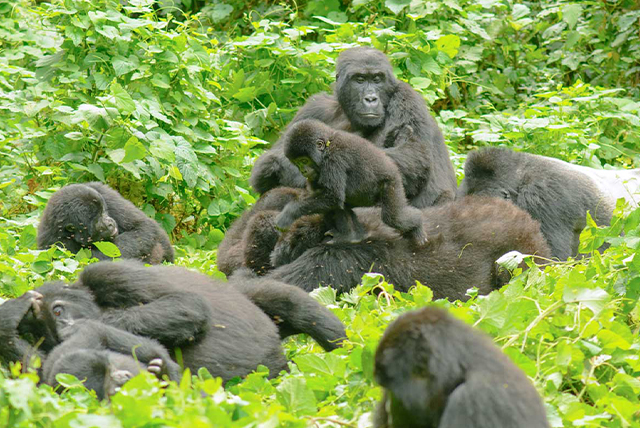Moremi Climate and Weather
The Moremi Game Reserve, nestled in the heart of the Okavango Delta in Botswana, is a year-round safari destination renowned for its diverse ecosystems and spectacular wildlife. Understanding the climate and weather patterns of Moremi is crucial for planning a visit that aligns with your safari expectations, whether it’s game viewing, bird watching, or enjoying the lush landscapes.
Seasons in Moremi
Moremi experiences two primary seasons: the dry season and the wet season. These seasons significantly influence the reserve’s environment and wildlife behavior.
1. The Dry Season (May to October):
- Climate Characteristics:
- The dry season corresponds with Botswana’s winter.
- Daytime temperatures range from 20°C to 30°C (68°F to 86°F), while nights can be chilly, dropping to as low as 5°C (41°F) in June and July.
- Rainfall is minimal, leading to drier landscapes and receding floodwaters in some parts of the delta.
- Impact on Wildlife and Scenery:
- Vegetation becomes sparse, making wildlife easier to spot as animals congregate around permanent water sources.
- This period is ideal for game drives and walking safaris, as predators and prey alike are highly visible.
- The delta’s waterways remain accessible for mokoro (traditional canoe) excursions, providing unique perspectives on aquatic life.
- Best Activities:
- Game drives to observe big cats, elephants, and other mammals.
- Boating trips to explore the channels and lagoons of the Okavango Delta.
2. The Wet Season (November to April):
- Climate Characteristics:
- This period aligns with Botswana’s summer and the rainy season.
- Temperatures rise, with daytime highs often reaching 30°C to 35°C (86°F to 95°F), and occasional thunderstorms bring life-sustaining rains to the delta.
- The landscape transforms into a lush, green paradise as grasses and trees flourish.
- Impact on Wildlife and Scenery:
- This is the calving season for many herbivores, attracting predators and offering exciting wildlife interactions.
- Birdwatchers flock to Moremi during this time as migratory birds arrive, adding vibrant colors and songs to the reserve.
- While game viewing can be more challenging due to denser vegetation, the scenery is breathtaking.
- Best Activities:
- Birdwatching, with opportunities to spot rare and colorful species.
- Scenic photography, capturing the verdant landscapes and dramatic skies.
Annual Flooding of the Okavango Delta
One of the most unique aspects of Moremi’s climate is its interaction with the annual flood cycle of the Okavango Delta. The floodwaters, originating from Angola, typically reach Moremi between April and June, creating a dynamic wetland ecosystem. This timing often overlaps with the dry season, providing a contrast where water becomes a critical life source amidst the arid landscape.
Choosing the Best Time to Visit
- Peak Safari Season: The dry season (June to October) is perfect for traditional safari activities due to clear skies, low vegetation, and concentrated wildlife near water sources.
- Green Season (Wet Season): Although game viewing might be slightly more challenging, the wet season offers vibrant landscapes, dramatic weather phenomena, and exceptional birding opportunities.
Moremi’s climate and weather patterns ensure that each season offers unique experiences for visitors. Whether you seek close encounters with wildlife, serene mokoro rides, or the thrill of spotting rare birds, understanding Moremi’s seasonal dynamics will help you plan a memorable adventure in this remarkable reserve.
